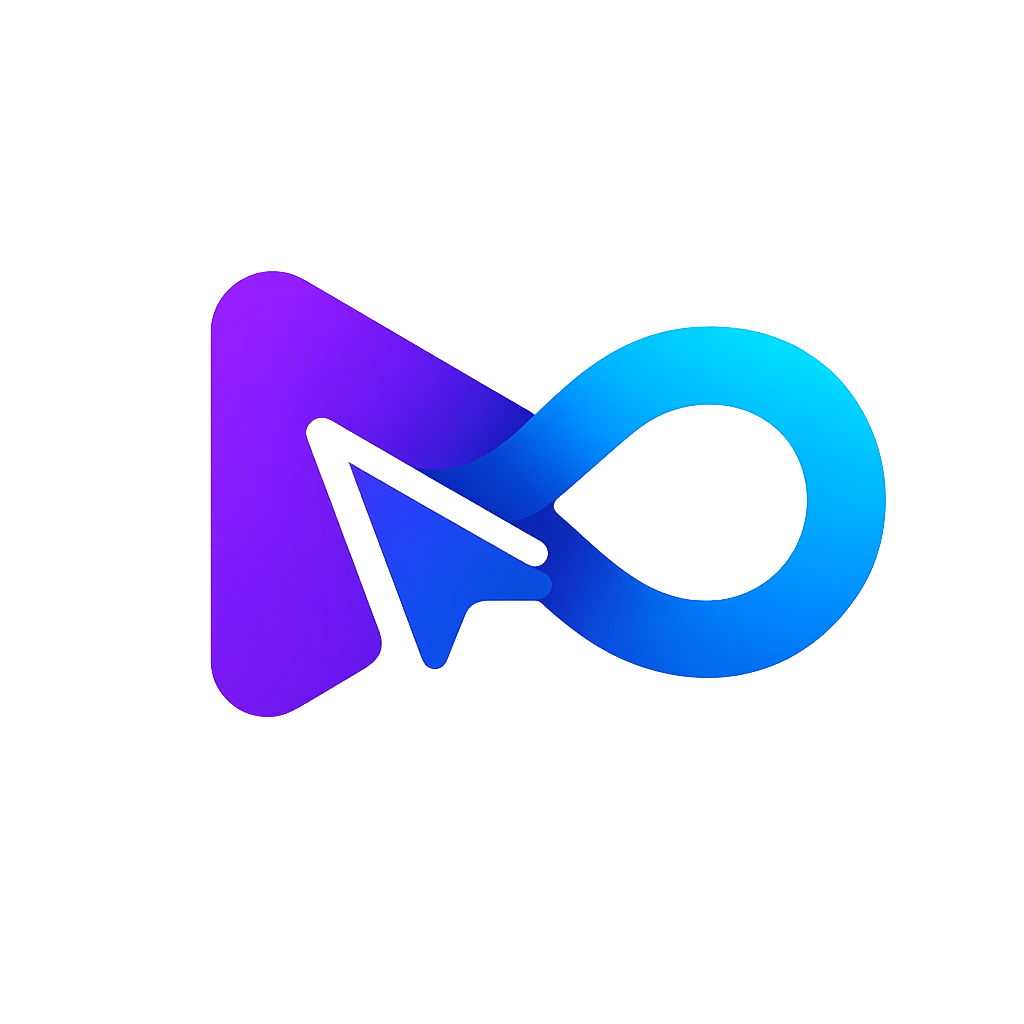Real Time Video And Audio Communication AI Tool

What is livekit.io?
LiveKit is an open-source WebRTC stack engineered to facilitate scalable, real-time audio and video interactions within applications. It encompasses a range of products and APIs tailored to support functions such as video conferencing, live streaming, and conversational AI. LiveKit serves diverse purposes including facilitating large-scale conferencing calls, hosting interactive live events, and empowering applications with real-time communication capabilities.
Developers stand to gain from LiveKit's array of features, including zero vendor lock-in, community-driven development, and pricing structures designed to align with incentives. Additionally, LiveKit offers a cloud platform known as LiveKit Cloud, enabling rapid prototyping and deployment in production environments.
For comprehensive technical insights, LiveKit's documentation furnishes detailed guides covering topics such as token generation, data messaging, participant management, and more.
What are the benefits of livekit.io?
LiveKit.io offers several advantages for real-time communication applications:
- Open Source: It's freely available for modification and distribution, encouraging community contributions and enhancements.
- Scalability: Engineered to efficiently handle large numbers of concurrent users.
- Cross-Platform: Works seamlessly across various devices and browsers, ensuring broad accessibility.
- Customizable: Developers have the flexibility to tailor the experience to meet specific requirements.
- Low Latency: Optimized for real-time interactions, minimizing delay for seamless communication.
- High-Quality Media: Supports HD video and audio, facilitating clear and crisp communication.
- Versatility: Suitable for a spectrum of applications ranging from video conferencing to live streaming.
These features collectively make LiveKit.io a robust solution for integrating real-time audio and video capabilities into applications.
How does livekit.io ensure low latency?
LiveKit ensures low latency through several technical strategies:
- Selective Forwarding Unit (SFU): LiveKit operates on an SFU architecture, functioning as a specialized router optimized for low-latency, high-bandwidth media forwarding.
- Global Data Centers: With data centers strategically located across regions such as North America, South America, Southeast Asia, East Asia, and Europe, LiveKit delivers latency of under 100ms for users in these areas.
- LiveKit Cloud: Leveraging LiveKit Cloud, a fully-managed, globally distributed WebRTC platform, users can seamlessly integrate, deploy, and scale applications, contributing significantly to low latency.
These combined elements ensure that LiveKit provides a real-time communication experience with minimal delay.
How much does livekit.io cost?
LiveKit.io offers a flexible pricing model based on resource usage, incorporating the following:
- Real-time audio and video: Priced at $0.18 per GB.
- Egress/Ingress: Charged at $0.02 per minute.
- Recording and composition: Billed at $0.02 per minute.
Moreover, LiveKit.io provides an initial allocation of 50GB of free monthly bandwidth. The pricing structure features volume discounts, wherein costs decrease as usage increases. Here's a breakdown of the volume discounts:
- 0-50GB: Free
- 50-1,000GB: $0.18/GB
- 1,000-10,000GB: $0.16/GB
- 10,000-50,000GB: $0.14/GB
- 50,000-100,000GB: $0.12/GB
- 100,000GB+: Custom pricing
For tailored support requirements, LiveKit.io offers customized support plans inclusive of SLAs, shared Slack channels, and access to solutions engineers. For further details, please refer to their official pricing page.
What are the limitations of livekit.io?
LiveKit.io imposes certain limitations to uphold network stability and deter abuse. Here are some key restrictions:
- Connection Limits: Free plans are restricted to 100 concurrent connections, while paid plans have no specified upper bounds on connections.
- Egress Time Limits: Egress, depending on the output type, is subject to time limits ranging from 3 hours for file outputs to 12 hours for HLS segments and streaming.
- Subscription Limits: Each participant is permitted to subscribe to a maximum of 50 video tracks and 100 audio tracks.
- Free Quotas: Projects on the free plan will cease functioning upon exceeding 50GB data transfer or 60 minutes of transcoding.
These limitations are implemented to strike a balance between user needs and operational requirements. For further information, consult their official documentation.
How does LiveKit support voice AI applications?
LiveKit supports voice AI applications by providing tools that allow developers to build real-time multimodal experiences with sub-100ms latency. It enables the streaming of voice and video between models and users, simulating human conversations with integrated plugins for natural interaction. Features like turn-taking cue detection, interruption handling, and telephony network connectivity further enhance voice AI capabilities.
What features does LiveKit offer for developers?
LiveKit offers a range of features for developers, including purpose-built components and high-level abstractions to quickly build real-time experiences. It provides real-time telemetry and analytics to explore session and user data for an in-depth understanding of user experience. Developers can use SDK support across all major platforms, ensuring seamless application development and deployment without vendor lock-in, with the option to self-host LiveKit for free.
What security measures are implemented in LiveKit?
LiveKit ensures enterprise-grade security through end-to-end encryption and compliance with standards such as SOC2 Type 2, GDPR, CCPA, and HIPAA. Features like SSO and role-based access control allow teams to set up roles and collaborate securely on real-time projects. Additionally, noise and echo cancellation, session recording, and moderation tools help maintain a secure and high-quality user experience.






%20(1)%20(1).webp)





.webp)















